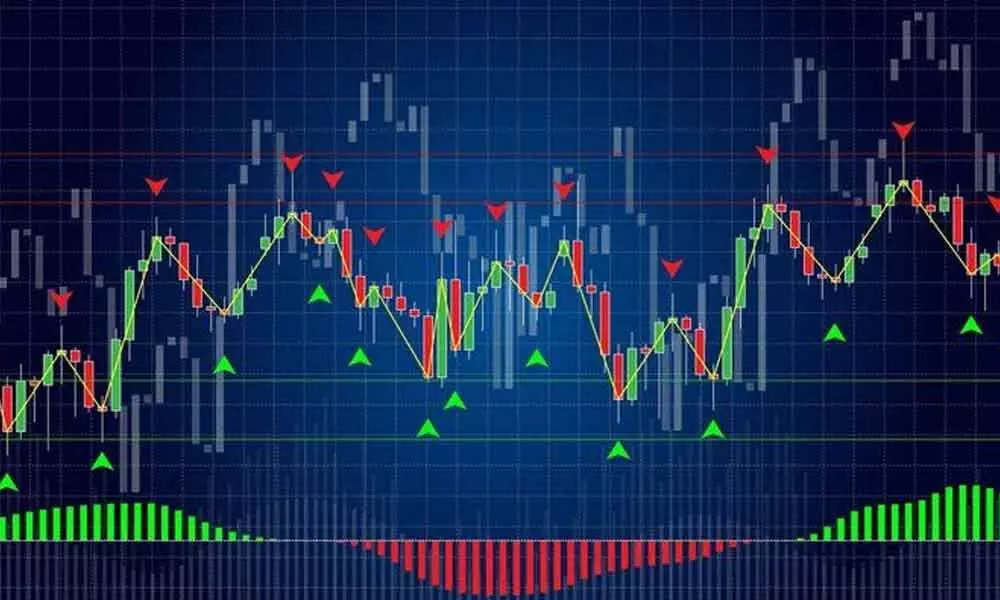Trading robots, fuelled by complex algorithms, assume a urgent part in present day monetary markets via robotizing the execution of exchanges in view of predefined standards. These algorithms are intended to analyze market trends, recognize designs, and execute exchanges quickly without human intercession. Understanding how trading automated trading solutions analyze market trends can give experiences into their viability and job in contemporary trading systems.
Parts of Trading Algorithms
Trading algorithms utilized by robots integrate different parts to analyze market trends:
- Specialized Markers: Algorithms frequently use specialized pointers like moving midpoints, MACD (Moving Normal Combination Difference), RSI (Relative Strength File), and Bollinger Groups to recognize examples and trends in cost developments.
- Measurable Models: Some trading robots utilize factual models like relapse examination or AI algorithms to foresee future cost developments in view of verifiable information designs.
- Market Feeling Examination: Algorithms can analyze news opinion, virtual entertainment trends, and different wellsprings of market feeling to check financial backer way of behaving and expect market developments.
- Design Acknowledgment: AI algorithms are adroit at perceiving complex examples in market information that may not be quickly clear to human brokers, empowering robots to settle on information driven trading choices.
Execution of Exchanges
When trading robots analyze market trends utilizing the above methods, they execute exchanges consequently founded on predefined rules. These guidelines can incorporate boundaries for section and leave focuses, risk the executives procedures like stop-misfortune and take-benefit levels, and position measuring in light of record size and chance resistance.
Benefits of Trading Robots
- Speed and Effectiveness: Trading robots can execute exchanges milliseconds, far quicker than human dealers, guaranteeing ideal passage and exit from positions in quick markets.
- Feeling Free Trading: Robots work in view of predefined algorithms, disposing of close to home predispositions that can impact human trading choices and lead to rash activities.
- Backtesting and Advancement: Algorithms can be back tested involving authentic information to assess execution and improve boundaries for better future outcomes.
- Day in and day out Checking: Dissimilar to human brokers, robots can screen numerous markets and execute exchanges nonstop, making the most of worldwide trading open doors.
Difficulties and Contemplations
- Overfitting: Algorithms improved for past market conditions may not perform well in future market conditions, requiring persistent checking and variation.
- Specialized Disappointments: Network issues, programming bugs, or information mistakes can disturb robot execution and lead to surprising trading results.
- Market Instability: Outrageous market unpredictability or startling occasions might set off exchanges that go astray from expected procedures, featuring the significance of hazard the board.
Theautomatedtradingsolutionsinfluence progressed algorithms to analyze market trends, execute exchanges proficiently, and oversee risk in monetary markets. By understanding how these algorithms work — consolidating specialized markers, factual models, and feeling investigation — merchants can saddle the capability of mechanized trading while at the same time moderating related gambles. While not without challenges, trading robots keep on reshaping the scene of trading by offering velocity, productivity, and information driven dynamic capacities that supplement customary trading systems.

